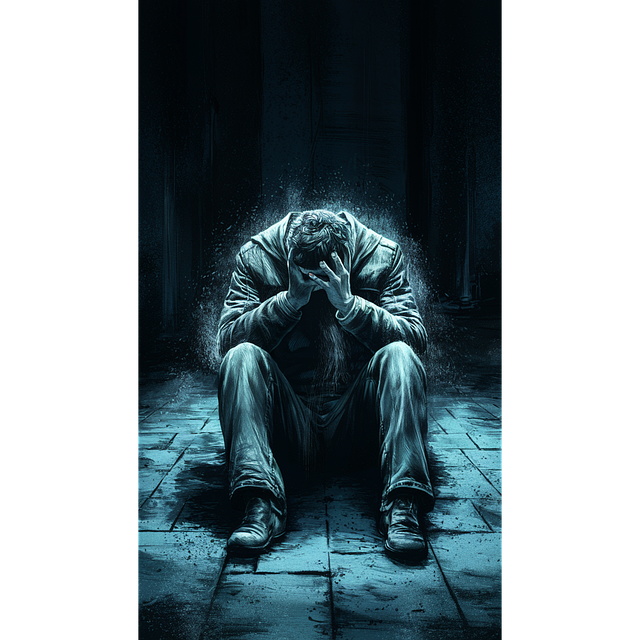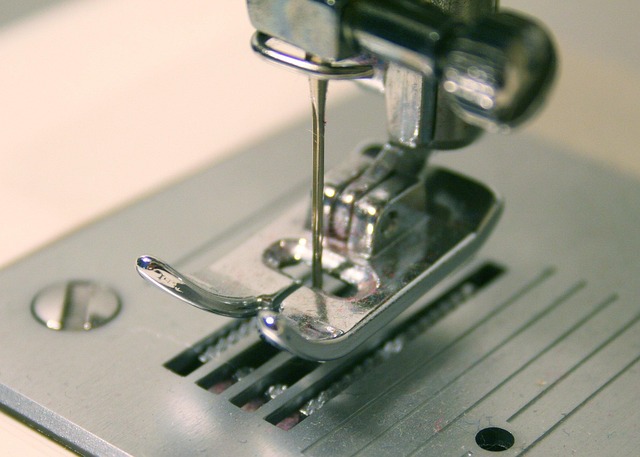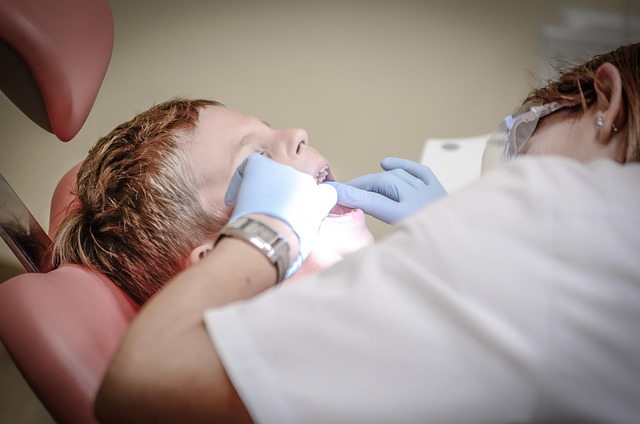Rear-end collision victims often experience spine trauma and whiplash. Chiropractic recovery focuses on spinal alignment using manual manipulation to reduce pain, improve mobility, and enhance healing. This non-invasive approach accelerates recovery, prevents chronic conditions, and promotes long-term well-being for rear-end accident survivors.
& Structure, Set Max, Score Bedings Source Bedical & Structure, Inhabad Restang First Method *
- Understanding Spine Trauma in Rear-End Collisions
- Chiropractic Care: A Natural Approach to Recovery
- Rehabilitation and Long-Term Health After an Accident
Understanding Spine Trauma in Rear-End Collisions

Rear-end accidents are a common occurrence, often resulting in various injuries, with spine trauma being a significant concern. When one vehicle collides with another from behind, the force can cause rapid acceleration and deceleration, leading to stress on the spinal column. This impact can result in whiplash, a type of spine trauma characterized by neck pain and stiffness due to stretched or damaged muscles, tendons, and ligaments.
Chiropractic recovery plays a vital role for rear-end collision victims experiencing spine trauma. Chiropractors focus on assessing and adjusting the spine to alleviate pressure and promote healing. Through specialized manipulation techniques, they aim to reduce pain, improve mobility, and restore the body’s natural alignment. Chiropractic care is a conservative approach that supports the body’s inherent self-healing ability, making it an excellent first step for those seeking recovery from rear-end accident injuries.
Chiropractic Care: A Natural Approach to Recovery

Chiropractic care offers a natural and non-invasive approach to recovery for rear-end collision victims suffering from spine trauma. Chiropractors specialize in diagnosing and treating musculoskeletal disorders, focusing on the alignment and functionality of the spine. After a rear-end accident, chiropractic adjustments can help alleviate pain and improve mobility by restoring proper spinal alignment.
This gentle form of treatment involves manual manipulation of the spine to reduce pressure on nerve roots and increase joint flexibility. Regular chiropractic sessions can contribute to enhanced healing, reduced inflammation, and improved overall well-being for those recovering from spine trauma. Many rear-end collision victims find chiropractic care effective in managing pain, promoting healing, and restoring their range of motion over time.
Rehabilitation and Long-Term Health After an Accident

After a rear-end accident, rehabilitation plays a crucial role in the long-term health and well-being of victims. Chiropractic care is often a key component of this process, focusing on manual adjustments and other therapeutic techniques to alleviate pain and restore proper alignment of the spine. This holistic approach not only helps in managing acute symptoms but also prevents chronic conditions from developing as a result of the trauma.
Long-term health implications can arise from even seemingly minor rear-end collisions due to the sudden impact that can disrupt the delicate balance of the spine. Regular chiropractic check-ups, along with exercises and lifestyle adjustments recommended by healthcare professionals, are essential in maintaining spinal health post-accident. These measures help ensure that the body can heal properly, reducing the risk of future injuries and promoting overall mobility and comfort for victims.
Rear-end accidents can cause significant spine trauma, but with the right approach, recovery is achievable. Chiropractic care stands out as a natural, effective method for rear-end collision victims, addressing structural issues and promoting healing. Beyond chiropractic treatment, rehabilitation plays a crucial role in long-term health, helping individuals regain mobility and strength. By combining these strategies, rear-end accident survivors can embark on a path to full recovery, enhancing their overall quality of life. For those seeking optimal chiropractic recovery for rear-end collision victims, consulting with healthcare professionals is essential to tailor treatments to individual needs.














